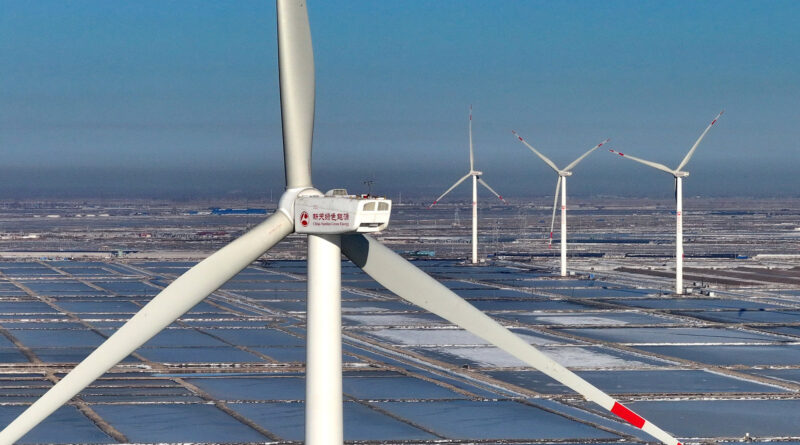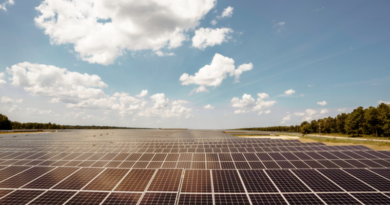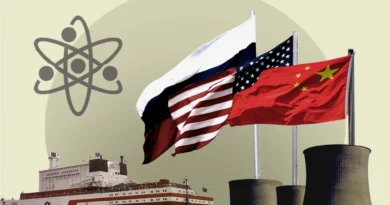China’s wind and solar power generation capacity to surpass coal in 2024
The share of wind and solar power will rise to 40 per cent of China’s total installed power generation capacity by the end of 2024, up from 36 per cent at the end of 2023
In 2023, the total installed capacity of power from non-fossil fuel sources had already exceeded 50 per cent of the total generation capacity
China’s installed capacity for wind and solar energy will exceed that of coal for the first time by the end of this year, according to an estimate made by the country’s power trade association, as the country remains on track towards sourcing 80 percent of its energy needs from non-fossil fuel sources by 2060, when it plans to be carbon-neutral.
Non-fossil energy, which includes nuclear and hydropower, already accounts for over half of the power-generating capacity in the world’s second-biggest economy.
The country’s grid-connected wind and solar power generation capacity could exceed 1,300 gigawatts (GW) by the end of this year, with about 530 GW of capacity coming from wind and 780 GW from solar, the China Electricity Council (CEC) said in a report on Tuesday.
This could boost the share of wind and solar power to 40 percent of China’s total installed power generation capacity by the end of 2024, up from 36 percent at the end of 2023, according to CEC.
In 2023, the total installed capacity of power from non-fossil fuel sources, including renewables, nuclear, and hydropower, exceeded 50 percent of the total generation capacity for the first time, according to the CEC. By the end of 2024, the cumulative capacity of non-fossil fuel power is expected to reach 1,860 GW, or 57 percent of the total capacity, it said.
China will work toward having 80 percent of its total energy mix come from non-fossil fuel sources by 2060, when the nation aims to be carbon neutral.
Meanwhile, the share of coal-fired power is expected to fall to 37 percent of the total installed capacity by the end of 2024, from 39.9 percent in 2023, the CEC report forecasts.
“Judging from the investments, growth rate of power-generation capacity, and changes in power structures, the power industry continues to advance the trend of green and low-carbon transformation,” said Hao Yingjie, secretary general of the CEC. China is the world’s biggest producer of climate-warming greenhouse gases, and the power sector is the largest contributor to these emissions.
The combined 1,300 GW of wind and solar power generation capacity by the end of 2024 also means that China will have exceeded its goal of installing 1,200 GW of solar and wind capacity earlier than its initial timeline of 2030.
While the country’s installation of renewable energy capacity continues to break records, the CEC report did not disclose details or forecast the share of renewable energy sources in its power consumption.
According to the CEC, coal power will account for nearly 60 percent of China’s total power use in 2023, making it the dominant source in the current power supply.
It is estimated that China’s electricity consumption will grow by 6 percent in 2024 to reach 9.8 trillion kilowatt hours, slower compared with the 6.7 percent growth rate in 2023 when the country lifted its zero-covid policy, according to the CEC.
Some of the country’s regions will face significant challenges due to the intermittent supply of renewable power, and there will be increased pressure on power supply due to the continued growth in power consumption, said the CEC.
It called for the power sector to improve its resilience to natural disasters and supply shocks, to ensure stable operation, to accelerate the development of a market-based power tariff system, and to continue to push for the construction of a “new-type power system” where renewable energy plays a dominant role by advancing energy storage technologies.
Source : scmp.com




